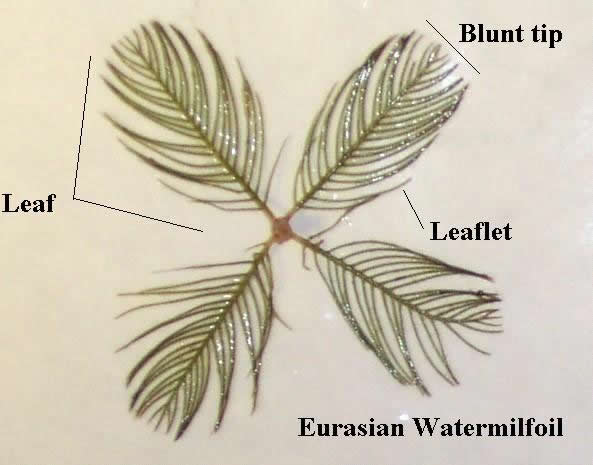|
Nashawannuck Pond Steering Committee
c/o 50 Payson Ave. Easthampton, MA 01027 Click HERE to learn more about Friends Of Nashawannuck Pond, Inc. 501c3 Donations in the form of checks can be made out to and mailed to: Friends of Nashawannuck Pond, Inc. 50 Payson Ave, Easthampton, MA 01027 |
|
Get Social With Us!
Copyright 2024 All Rights Reserved


 RSS Feed
RSS Feed